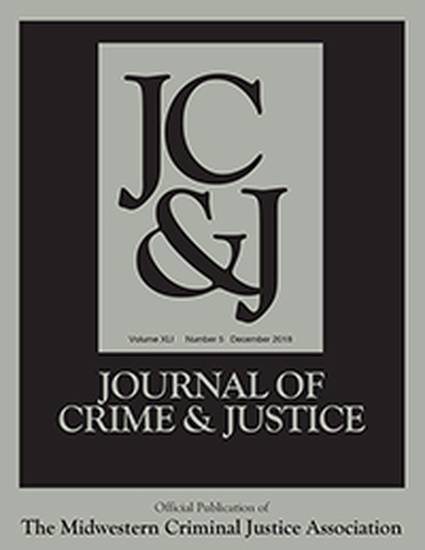
Article
It is Insider Trading, but the Offenders are Really Outsiders
Journal of Criminal Justice
(1992)
Abstract
This paper examines insider trading, one form of white collar crime that has received virtually no attention from criminology. The development of laws and administrative policies designed to deter insider trading in the U.S. is chronicled and categorized as five distinct regulatory periods. This paper assesses the rationale of these policies, identifies the persons at whom they are aimed, and evaluates their overall success. A distinction between offender decision making by “inside-insiders” and “outside-insiders” is utilized to show the displacement effect of these anti-insider policies. Based on empirical evidence that existing efforts have failed to stop insider trading a recommendation is made for greater research attention to insider trading and reconsideration of existing SEC regulations.
Disciplines
Publication Date
January 1, 1992
DOI
10.1080/0735648X.1992.9721467
Citation Information
Kimberly L. Kempf, Nasser Arshadi and Thomas H. Eyssell. "It is Insider Trading, but the Offenders are Really Outsiders" Journal of Criminal Justice Vol. 15 Iss. 2 (1992) p. 111 - 137 Available at: http://works.bepress.com/nasser-arshadi/9/
